Top 10 Cannabinoids and What They Do
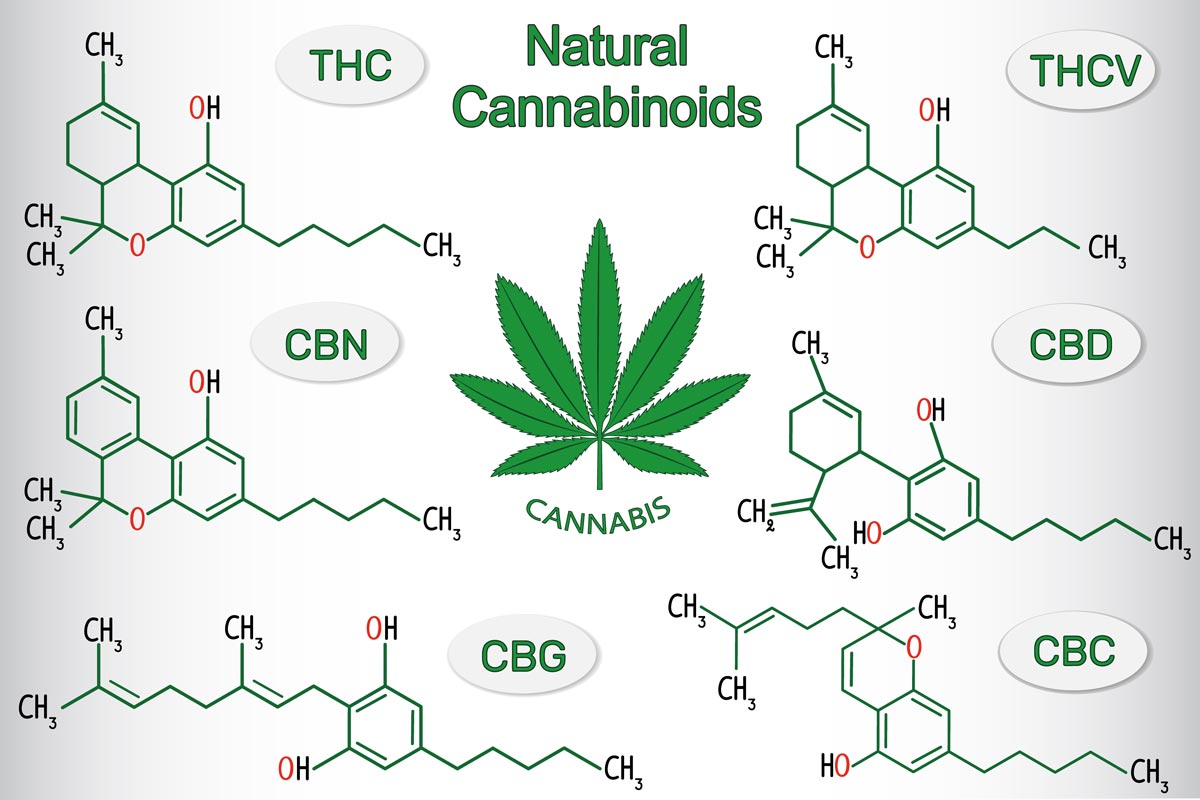
Cannabis produces many different compounds known as cannabinoids; some of which haven’t been detected in any other plant. It’s tough to know the exact number of cannabinoids produced by cannabis; some report dozens while others report more than 100. Since most of them are present at very low levels, it’s difficult for scientists to detect them accurately. What’s important to understand is that there are many.
Cannabinoids are a rather complex field of study. One of the main questions that scientists want to answer is what each cannabinoid in the cannabis plant does. Most of us already know that marijuana offers phenomenal health benefits, but we don’t understand the cannabinoid profiles. We would need to dedicate many years of advanced research to really dig into the complete biochemistry of the plant.
If this all sounds too overwhelming, fear not! We are here to give you a complete beginner’s guide on all things cannabinoids, including what they are, what they do and very importantly, the health benefits of each.
An introduction to cannabinoids
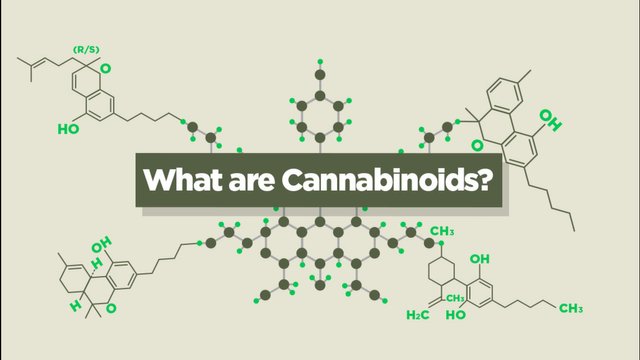
Cannabinoids are the most important chemicals found in marijuana. While there are over 480 natural components held in the cannabis plant, it’s the cannabinoids that give the plant its medical and recreational properties. As we mentioned above, it’s difficult to know exactly how many cannabinoids are present in cannabis, but there are thought to be about 113 that have been discovered so far. Among these are THC and CBD which are the most prevalent and most well-understood.
While THC and CBD are the most well-known, over the years more light has been shed on the lesser known cannabinoids, which also offer many health benefits. Since CBD oil has taken the spotlight and become notorious for treating various conditions and ailments, clearly more research is required to discover what incredible benefits the other cannabinoids could potentially bring. Scientists want to know what effects each cannabinoid could have on the health.
Where Do Cannabinoids Come From?
As we have mentioned above, many compounds make up the cannabis plant but most research done has found that cannabinoids are the root of the vast array of health benefits. Rather than directly producing the cannabinoids, the cannabis needs to synthesize several cannabinoid acids. These cannabinoid acids are then “activated” (decarboxylated), usually by heat, to yield the compounds that most people are after (THC or CBD), along with the various other cannabinoids.
While most people are aware that THC gets you high and CBD has a long list of medicinal benefits, very few people know anything about the other cannabinoids. To really appreciate cannabis and all that it has to offer, we need to understand all the elements of its functional biochemistry. Here’s a list of the top 10 of the lesser known cannabinoids, what they are known for and how they can benefit your health.
1. THC – Tetrahydrocannabinol
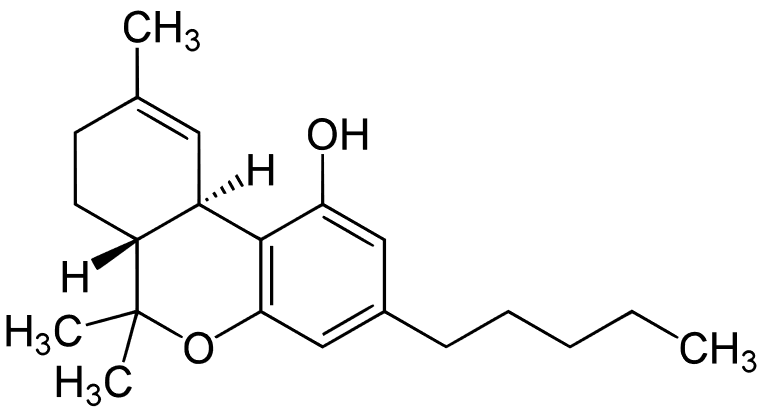
Topping our list is arguably the most researched and well-known cannabinoid, Tetrahydrocannabinol. More commonly known as THC, this is the compound that is responsible for the psychoactive effects. In other words, it gives users the sought after high that is notoriously associated with marijuana.
In 1988, pioneering scientist Dr. Allyn Howlett discovered the reason that THC affects the mind by uncovering the secret link between the famous compound and the human endocannabinoid system (ECS). THC works by binding itself to the CB1 receptor found in the brain. This causes the ECS to stimulate the release of dopamine which creates a sense of euphoria and relaxation, also known as the “high.” The side effects brought on by THC can affect movement, memory, concentration and sensory perception.
It’s important to note that too much THC can result in paranoia, hallucinations, and anxiety. But if used correctly, it’s unlikely to cause any of these negative effects. In fact, proper usage of THC should give the user pain relief, feelings of elation and very often, total relaxation. For example, a 2016 study done on mice revealed that THC might actually improve memory when used in small doses. The study found that both young and old mice seemed to learner quicker after being injected with THC.
THC Overview:
- Reduces nausea and sickness
- Increases appetite
- Anti-tumor properties
- It works as an anti-spasmodic and therefore helps with digestive problems
- Helpful in the treatment of withdrawal symptoms
- Relieves chronic pain and inflammation (THC contains twenty times the anti-inflammatory strength of aspirin!)
2. CBD – Cannabidiol
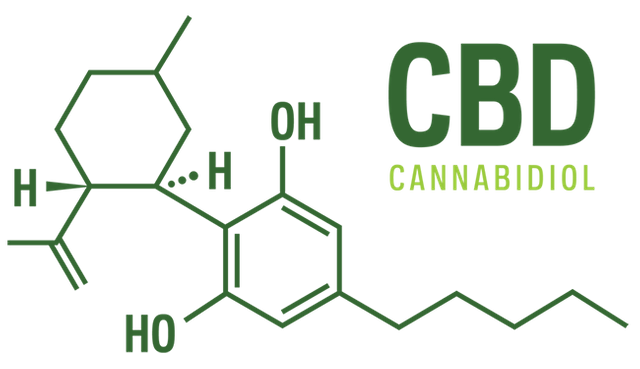
CBD holds the key to the many medicinal and therapeutic benefits that marijuana has to offer. In fact, the more we learn about CBD, the more likely it seems that it is set out to change the world of medicine as we know it. For many people, the great thing about CBD is that it doesn’t have the psychoactive effects that are found in THC. This makes it ideal for daily use since it won’t affect any of your day-to-day activities. From a medical and legal perspective, this is possibly the most important property of CBD.
Rather than activating the CB1 receptor in our brain, as THC does, CBD works to influence the body by increasing levels of endocannabinoids, which are cannabinoids that our body produces naturally. These endocannabinoids are what activates the receptors in our brain and body. This is why CBD doesn’t provide the feeling of being “high.”
CBD also interacts with other areas of the brain such as dopamine receptors, which is a big part of controlling our behavior and the opioid receptors. The opioid receptors are known to regulate pain and are the part of the brain that prescription drugs are made to target.
CBD Overview:
- Antipsychotic effects
- Improves efficiency of the cardiovascular system
- CBD can treat chronic pain.
- Commonly used to treat anxiety and depression
- CBD can relieve symptoms of epilepsy and has even shown to reduce seizures
- Relieves feelings of nausea
3. THCV – Tetrahydrocannabivarin

As the name suggests, THCV and THC are similar in molecular structure, but they are very different regarding the effects. In fact, THCV in some aspects has the complete opposite effect of THC.
In contrast to THC, THCV may suppress the appetite. Although this could be a good thing for users focused on losing weight, it should be avoided by anyone who suffers from anorexia or is treating an appetite loss. THCV may also help with diabetes. Research has shown that it can regulate blood sugar levels and even reduce insulin resistance.
Studies have also determined that THCV can help in reducing panic attacks, without having any major impact on the emotions of the user. A study done on PTSD patients discovered that this cannabinoid seems to curb anxiety attacks without suppressing the emotions of the patient, which is truly incredible. Whereas most other anti-depressant medication usually comes with significant emotional side effects, THCV offers all the same therapeutic benefits, minus the negative emotional effects.
THCV is also known to stimulate bone growth which is why it is being looked at to treat osteoporosis and other bone-related conditions. And, we not done yet! I know, right? THCV can do just about anything it seems. Studies have shown signs that it could even help with Alzheimer’s. While research is still in progress, it is thought that THCV can improve motor control, tremors and brain lesions that are associated with Alzheimer’s.
####THCV overview:
- Proven to assist in weight-loss
- Research on-going for other potential benefits with neurological disorders
- While not as researched as CBD or THC, this little-known cannabinoid is showing great promise in a range of medicinal areas!
- Can help those with anxiety disorders or PTSD
- Used to prevent diabetes
4. CBDV – Cannabidivarin
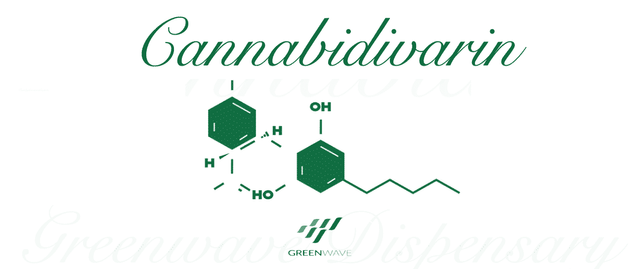
CBDV is a non-psychoactive cannabinoid and is very similar to CBD in structure. They’re both known for their medicinal properties, and neither one will get you high. CBDV occurs naturally within the cannabis plant, and although there isn’t an abundance of research surrounding this cannabinoid, scientists are looking into its potential to treat nausea, epilepsy and other neurological conditions.
In addition to considerably decreasing the number of seizures suffered by those who have epilepsy, CBDV also boasts anti-inflammatory properties which could help in the treatment of chronic pain.
Possibly most impressive is that CBDV has been used to treat Chron’s disease, multiple sclerosis and even HIV/AIDS. Studies done on CBDV are still very much in their infancy and have been conducted predominantly on animals. However, results thus far have been very promising, and while there’s no doubt that more research needs to be done, it seems that this particular cannabinoid may bring incredible things.
CBDV overview:
- CBDV is non-psychoactive
- Proven in mice studies to stop convulsions
- CBDV contains many similar medicinal benefits to CBD
- Works well with epilepsy sufferers, reduces seizures
- Possesses anti-inflammatory properties
5. CBG – Cannabigerol
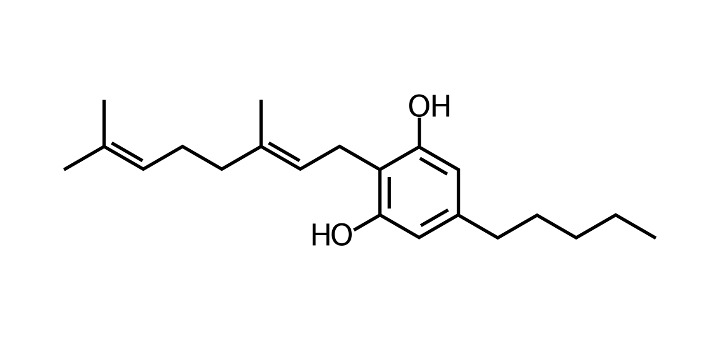
So we’ve all heard of THC and CBD, but most of us have probably never heard of CBG. Amazingly, CBG is the chemical parent of CBD and THC. Yes, that’s right, CBD and THC start out as CBG. In fact, it is thought that the two most popular cannabinoids wouldn’t even exist if it weren’t for CBG.
Although. CBG is present in very low levels, usually less than 1%, it’s presence is necessary to produce the other functional cannabinoids from which we get the various medicinal benefits. With a purpose to gain higher levels of CBG, breeders are experimenting with genetic manipulation and cross-breeding of plants. As research continues and breeders continue to experiment, it’s inevitable that we will be seeing and hearing more about CBG in the future.
Having said that, CBG does offer some of its very own health benefits, more specifically, it can offer therapeutic relief for things like pain and inflammation. For example, a study done in 2015 found that CBG could be isolated and used in the treatment of neurological disorders like Huntington’s disease. The study showed that CBG could lead to reduced inflammation, improved motor skills, and improved levels of antioxidants.
CBG overview:
- Research showing the range of benefits will increase as CBG strains become more
- CBG can help with skin disorders like psoriasis
- CBG has been shown to help with neurological disorders
- CBG has antifungal effects
- Provides a range of therapeutic effects
6. CBC – Cannabichromene
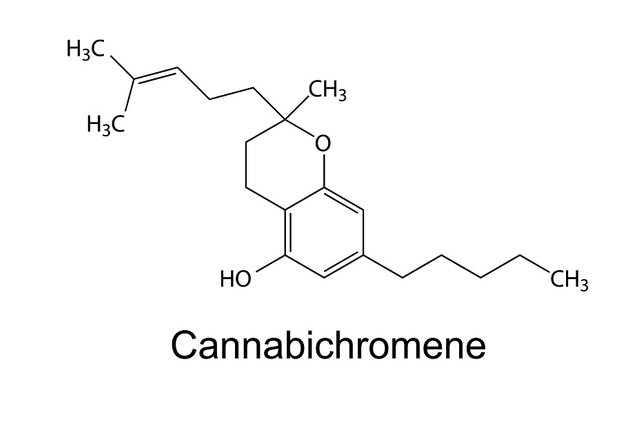
CBC was discovered more than 50 years ago and is considered to be one of the “big six” cannabinoids to be prominent in medical research. Although it doesn’t get as much attention, the benefits that CBC has to offer are extremely promising.
CBC is another cannabinoid that doesn’t have any psychoactive effects. This is because it doesn’t bind well to the CB1 receptors in the brain. However, it does bind well to other receptors that are found in the body, such as the vanilloid receptor 1 (TRPV1) and transient receptor potential ankyrin 1 (TRPA1). These receptors are both linked to pain perception which means that when CBC activates the receptors, the body releases increased levels of natural endocannabinoids like anandamide. This makes it great for providing pain relief, along with antidepressant capabilities!
While there is no doubt that CBC has great independent benefits, researchers also believe that it works well in conjunction with other cannabinoids, a term that is known as the entourage effect. It’s well-known that THC and CBD work well together but, a lot more research needs to be done to understand the entourage effect of other cannabinoids.
CBC overview:
- Discovered by scientists over 50 years ago, CBC is believed to be a top cannabinoid for medicinal use
- CBC can block pain and inflammation
- Promotes anandamide in the body which can help fight breast cancer
- CBC works well when combined with other cannabinoids
7. CBN – Cannabinol
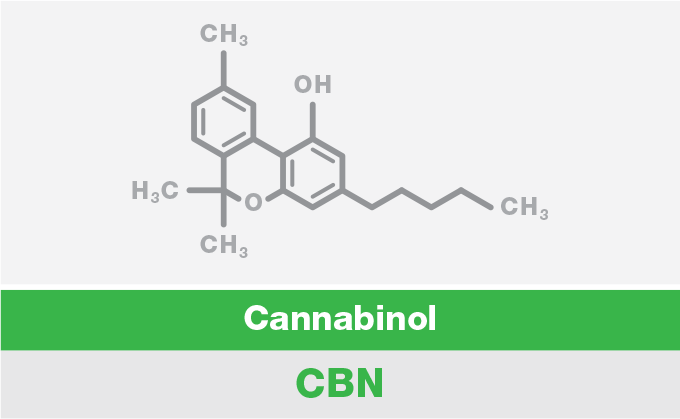
CBN has minimal traces in the cannabis flower, and although derived from THC, it is nowhere near as potent. Mostly found in older and degraded material, the presence of CBN in anything makes it less desirable. People with little knowledge assume that it is a degraded and less potent version of THC. As a result, this is a cannabinoid that hasn’t received much attention. However, the industry is quickly learning that CBN can offer therapeutic effects that are highly beneficial to people who are sensitive to THC.
CBN is derived from THC that has been exposed to heat or light for a long time or simply been left to go stale. Just like THC, cannabinol is capable of working as a sedative which makes it a popular choice among people who suffer from insomnia. According to Steep Hill labs, CBN is the most sedative cannabinoid that has been discovered. Their research has shown that 5mg of CBN is equivalent to 10mg of valium when it comes to body relaxation.
But, a good nights sleep isn’t all that CBN is good for. A 2002 study discovered that the combination of THC and CBN could drastically improve pain levels. Other research shows CBN to have anticonvulsant and antiemetic properties, although not as powerful as CBD.
CBN overview:
- CBN can help with a variety of issues including appetite, sleep, psoriasis, and pain.
- CBN is mostly non-psychoactive
- Research has shown that as little as 5mg of CBN is equivalent to a 10mg dose of diazepam!
8. THCA – Tetrahydrocannabinolic Acid
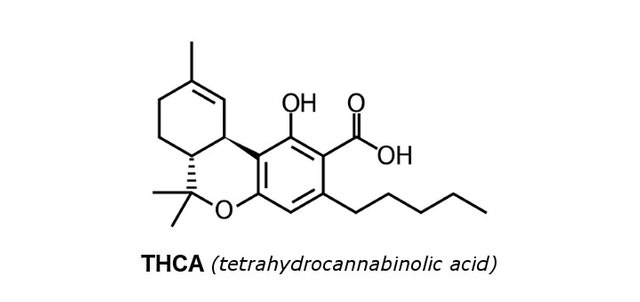
THCA is very similar to THC, but it doesn’t have any of the psychoactive effects. It is part of the hemp extracts that come from strains with THC bred out of them. One chemical reaction away from THC, the reaction is increased with drying and intense heat such as smoking or cooking. Thus it can only be found in fresh and undried cannabis.
Unfortunately, despite it being so closely linked to THC, very little research has been done on THCA and its effects on the body. However, one study done on rats in 2013, showed THCA to be an effective antiemetic which would suggest that it could effectively treat vomiting and nausea with the added benefit that it won’t make users “high.”
Finally, THCA also has anti-inflammatory properties and even anti-cancer effects. One study showed that it significantly slowed down the speed of malignant tumor growth.
THCA overview:
- Non-psychoactive
- THCA has great promise for its future in human medicine
- Proven results as an anti-emetic and anti-inflammatory
9. CBDA – Cannabidiolic Acid
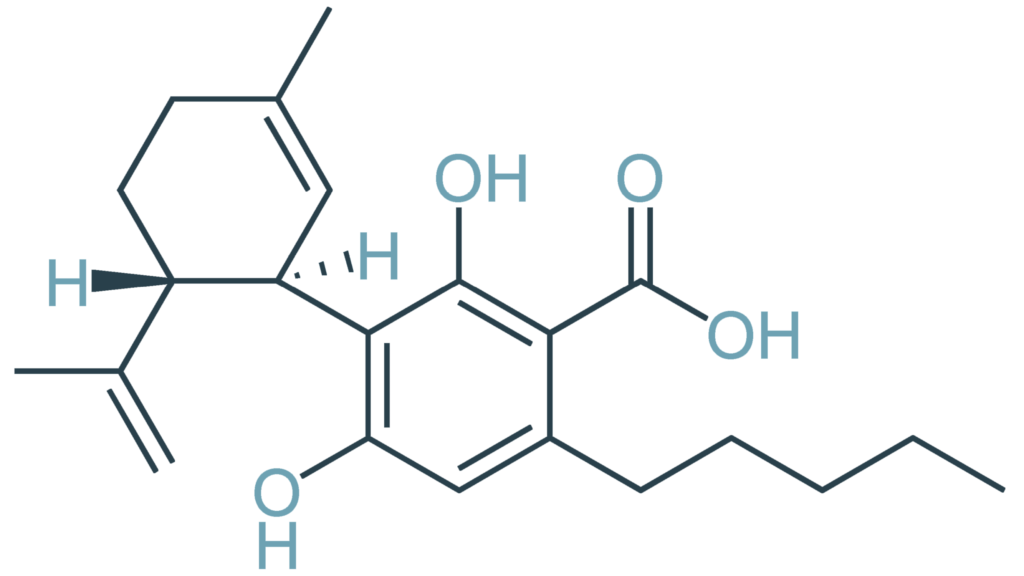
CBDA is similar to THCA and the precursor to the more widely known, CBD. It’s a common constituent in fresh cannabis plants. Early research has shown that compounds found in raw cannabis offer some serious health benefits. One of these compounds is CBDA. A lot like drinking a cup of peppermint tea, raw cannabis has shown anti-nausea potential when studied in animal tests, along with potential in cancer and pain research.
Preliminary studies have also shown the possibility of CBDA being an effective treatment for anti-emetic and anti-bacterial. However, just like a few of the other cannabinoids mentioned above, research into CBDA still has a long way to go.
CBDA overview:
- It does not produce a high
- CBDA offers properties that could prove beneficial in the future
- One of the lesser looked into compounds of marijuana
10. CBGa – Cannabigerolic Acid
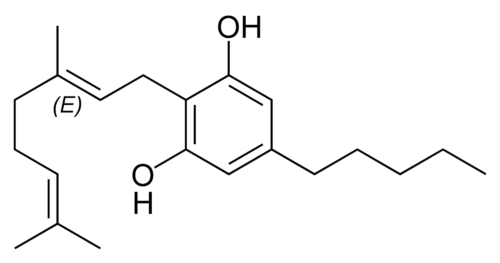
It’s only appropriate to end off this list of the best cannabinoids found in cannabis, with the cannabinoid that is responsible for all of the medicinal benefits of marijuana. Yes, you heard us right! If it weren’t for CBGa there wouldn’t even be any medicinal properties to cannabis.
While CBGa can’t provide many health benefits on its own, the contribution that it offers to the overall effects of cannabis is out of this world. Many of the most beneficial cannabinoids including CBC, THC, CBD, and CBG all stem from CBGa. CBGa constructs the all-important cannabis compounds using biosynthesis. This is what produces the cannabinoids that give us the medicinal benefits that we all know and love.
Most studies have focused on the CBGa role in creating other compounds, but there has been a lot of promise for it being used as an anti-proliferative cancer treatment, in a similar way to other cannabinoids.
CBGa overview:
- Possibility of future use as an anti-proliferative cancer treatment
- Less studied for its health benefits, this cannabinoid is looked at closely for its role as a building block for other useful cannabinoids
Final Thoughts
No doubt, everyone who reads this will agree that the vast number of benefits offered by cannabinoids is incredible. From the treatment of chronic pain, skin diseases, and nausea to seizures and even cancer, it seems as though there is very little that marijuana can’t help with. There is still a long way to go in terms of research and studies into the various cannabinoids but it seems as though there are very few side effects associated with this treatment.
The more research that is being done into cannabis, the more difficult it is becoming for skeptics to argue it’s vast medicinal benefits. It’s only a matter of time before the lesser-known cannabinoids are introduced to the commercial market due to their phenomenal benefits.
Thank you for reading! Follow us and leave a comment with what topic you want covered in the next post!
Read more:
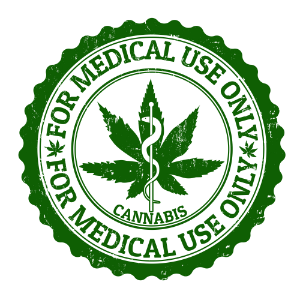
Awesome stuff as usual guys, thanks a bunch!
Thank you! More to come every day. :)
When Brandon said Fresh Prince i was like "YESSSS!! PREACH!!"😂😂
Excellent article, and very informative.

RESTEEMED!
Ey brutales Bild
Geil
wenn man lange genug reinschaut drehen sich die Wörter
:-)
If this article were a blue grass song would it be "Foggy Mountain Breakdown?" Good stuff, very interesting, I don't fire it up but it's fun facts to know anyway.
Congratulations! You were upvoted by the cryptkeeper17 manual curation trail on steemauto. To get all of your posts upvoted like and take part in very nice curation rewards go to steemauto and search trail: cryptkeeper17. Contact me via here or discord to help with any settings!
@cryptkeeper17 Earl Scruggs is best enjoyed after burning some herb! 😎
hahaha love it @slickwilly!
exchange follow votes steemit steem
This post which has a payout in excess of $50.00 has utlized one or more bidbots.
buildawhale payout in the amount of $10.44 USD.
appreciator payout in the amount of $9.84 USD.
promobot payout in the amount of $9.94 USD.
smartsteem payout in the amount of $22.35 USD.
upme payout in the amount of $10.26 USD.
This information is being presented in the interest of transparency on our platform.
Please consider the long term effect on our platform before using bidbots!
You can read more about how bidbots are affecting our platform here.
This comment is by no means a judgement of your work @medicalmarijuana, only an earnest appeal that we might all work together to build a great platform by letting the community curate our work and not bidbots.
@Transparencybot is a non-profit initiative, please consider supporting it by upvoting this comment.
If you would like to delegate direclty to @tranparencybot you can do so by clicking on the following links. You can remove your delegation at anytime.
50SP 100SP 250SP 500SP 1000SP 5000SP.
To listen to the audio version of this article click on the play image.

Brought to you by @tts. If you find it useful please consider upvote this reply.
Really well done @medicalmarijuana thanks for being on this platform!
Wow. This is quite comprehensive man. I need to give it a second read there is a lot here to absorb. May I suggest that you do it in parts in the future. Just a little advise taking into account the way steemians read.
if big pharma synthesized any of these compounds they would be called miracle drugs.
Marijuana or "Mbanga" it is popularly called in Cameroon is a great plant that can be used to heal humanity from a lot of health challenges. Great and educative post.
Your post had been curated by the @buildawhale & @upmyvote team and mentioned here:
https://steemit.com/curation/@buildawhale/buildawhale-curation-digest-04-12-18
Keep up the good work and original content, everyone appreciates it!